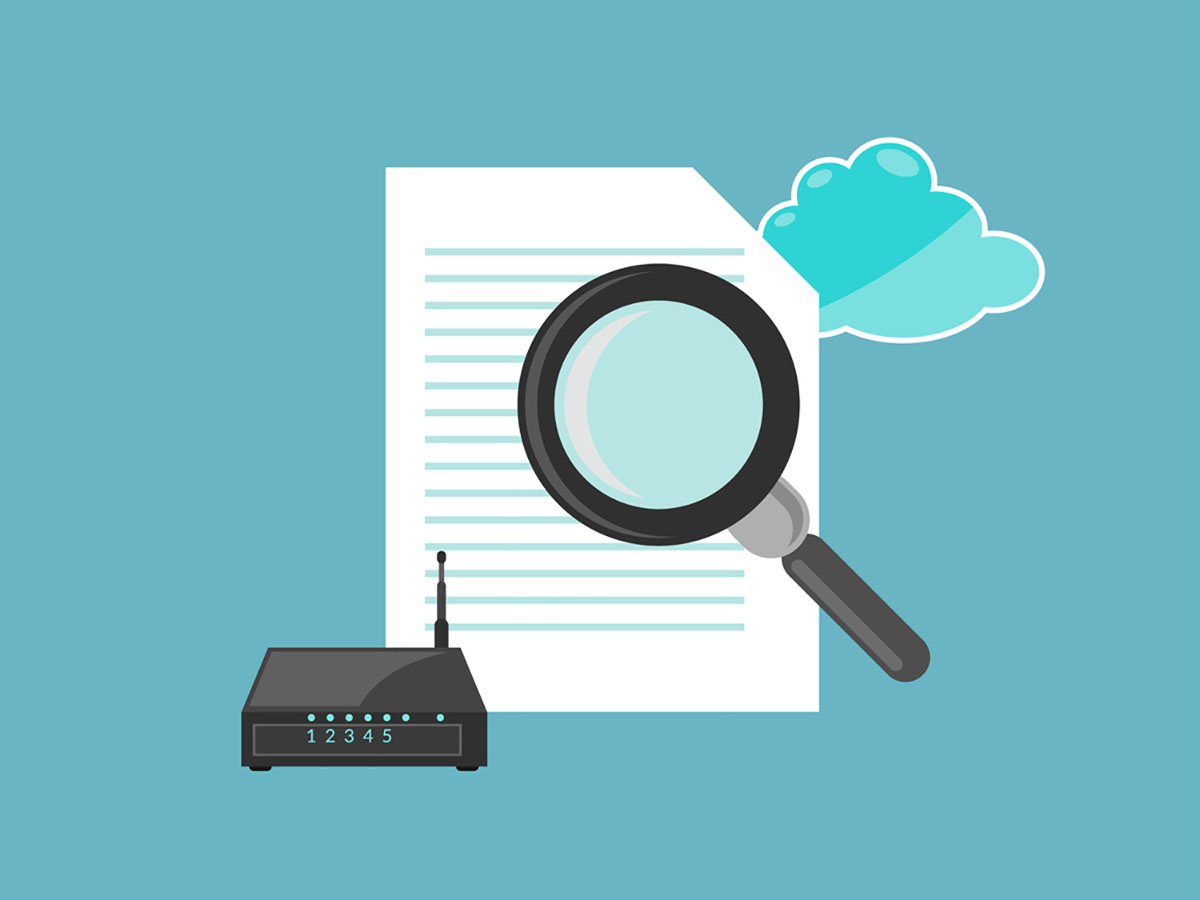Simple Security Property refers to a rule in a security model that prevents subjects or users from gaining access to objects or information at a higher security level than their own. It aims to safeguard sensitive data from unauthorized or inappropriate access.
Simple Security Property Examples
#1. Company Confidential Document Access
Within any organization, confidential information is essential for strategic planning, operations, and competitive advantage. Such sensitive information needs to be adequately safeguarded to prevent unauthorized access and potential misuse. Let’s consider a scenario where a staff member attempts to access a confidential business strategy document.
Stay One Step Ahead of Cyber Threats
The Simple Security Property plays a vital role in this context. As the staff member doesn’t possess the required clearance level, they would be unable to access the document. This inability isn’t a system malfunction or error; it’s the enforced security rule safeguarding sensitive information.
In this light, the Simple Security Property acts as a protective barrier stopping any unauthorized access or potential data breaches. It strictly adheres to the principle of ‘no read up’, which ensures that individuals cannot access information classified at a higher level than their security clearance.
#2. Access to Medical Records in a Hospital
Medical records house sensitive information about a patient’s health, history, diagnosis and treatments. Thus, these require the highest level of protection from unauthorized viewing or modification. Think of a case where a general nurse tries to view a patient’s psychiatric records which she isn’t authorized to handle.
The Simple Security Property, when implemented, can effectively prevent such access. Regardless of the nurse’s genuine intention or curiosity, the simple security property will block her access as she lacks the necessary clearance.
The rule of ‘no read up’ is a crucial aspect of the Simple Security Property in this case. It makes sure that any staff member in the hospital can only interact with medical records that match their security level or clearance, thus preserving the privacy and confidentiality of the patient’s health data.
#3. Access to Financial Audit Reports in a Bank
Banks hold a trove of financial data, including internal audit reports, which are classified and are typically only accessible to people in certain roles. Let’s consider a scenario where an employee tries to access these audit reports that fall outside his clearance boundary.
In this case, the Simple Security Property comes into play and denies access to the employee. Despite his role in the bank, the system reinforces the principle that one cannot read information that is classified at a higher level than their approved security clearance.
This strict implementation of the ‘no read up’ set by the Simple Security Property protects the bank’s sensitive data from unauthorized access, potential leaks and misuse. It helps in maintaining the bank’s integrity and securing the financial information it holds.
Conclusion
The Simple Security Property plays a significant role in safeguarding crucial and sensitive data across various fields – from banks to hospitals to corporations. By enforcing a ‘no read up’ rule, it effectively minimizes the risk of data breaches, promotes privacy, and establishes a reliable security framework.
Key Takeaways
- The Simple Security Property is a rule preventing subjects from accessing objects of a higher security level.
- It plays a vital role in various fields like corporate, healthcare, and banking sectors in protecting their sensitive data.
- Being implemented, it enforces the principle of ‘no read up’, meaning individuals cannot access information classified at a higher level than their security clearance.
- It aims to prevent unauthorized access, potential data leaks, and misuse of sensitive information.
- This system has proved effective in maintaining privacy and establishing a robust security infrastructure.
Related Questions
1. What is the Simple Security Property in an office environment?
The Simple Security Property in an office environment prevents staff from accessing information that’s classified at a higher level than their own, maintaining the confidentiality of business-critical data.
2. How does the Simple Security Property safeguard patient data in healthcare?
The Simple Security Property protects patient data by ensuring that healthcare professionals can only access medical records that match their security clearance, preserving patient privacy and the integrity of their health data.
3. How does a banking institution utilize the Simple Security Property?
A bank leverages the Simple Security Property by allowing only individuals with specific clearance to access sensitive information, like financial audit reports, thereby securing the bank’s financial information and preventing data breaches.
4. How does the principle of ‘no read up’ work in the Simple Security Property?
The principle of ‘no read up’ in the Simple Security Property stipulates that a user can’t access information that’s classified at a higher level than their own. This rule ensures that sensitive data is only accessible to those with the correct security clearance.
5. Why is the Simple Security Property necessary?
The Simple Security Property is necessary for preserving the integrity of sensitive data, providing robust access control, minimizing security leaks, and maintaining the privacy of the information.
"Amateurs hack systems, professionals hack people."
-- Bruce Schneier, a renown computer security professional






